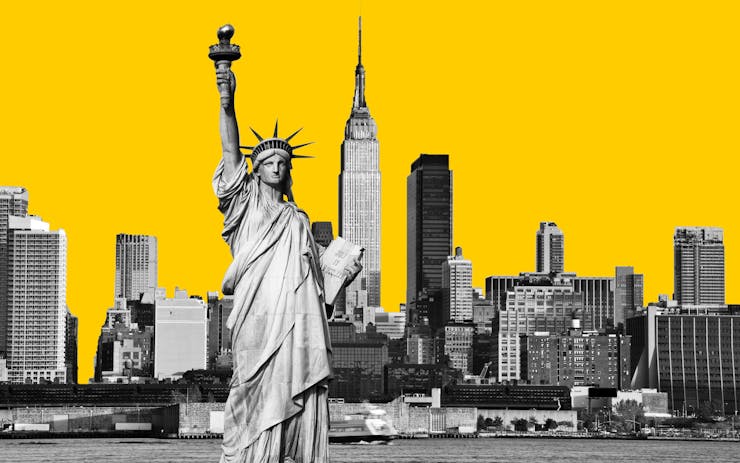New York State’s Assembly and Senate passed a bill legalizing medical cannabis for severe conditions only in 2014. It was praised as progressive, but neighboring states’ policies far outpace the accessibility of the New York program.
Notoriously byzantine in its policies, New York appointed a limited number of vendors, requiring them to vertically integrate their services, from seed to security guard. This presented enormous barriers to entry and now just 37 shops are run by 10 companies, many owned by multi-state or multinational corporations.
Eventually things loosened a tiny bit, and the list of conditions was widened to include chronic pain, which enabled me to sign up for the program after several years. But today there’s only 110,000+ medical marijuana cardholders in New York, a state with a population of 20 million. Holding a medical card comes with dramatically less access to cannabis than the multibillion dollar illicit market provides.
Pricing and selection in NY’s medical marijuana program
With my medical card, I can visit one of the retail outlets in New York state, and with recent developments, I can even get home delivery. But my card and patient recommendation expire each year, requiring a renewal that incurs fees ranging from $50-200 each year.
Once you’re in the door, another hurdle appears in the form of exorbitant pricing, much more than what you see at shops in legal states.
There is also, infuriatingly, no cannabis flower except in vapable pods, a new addition after years of completely flowerless options. There are also no edibles, beverages, or candies of any sort, a huge disservice.
New York is known for its nanny-state practices—like when Bloomberg tried to make big sodas illegal in New York City—especially when it comes to cannabis, and there’s a fear of edibles being accessible to children. Not surprisingly, this fear does not extend to worrying if these edibles could make it to the hands of ailing terminal patients, who could sincerely benefit from their consumption.
What’s in those expensive bottles?
I once asked my local medical cannabis outlet what strains were used for those pricey vape pens and tinctures, thinking there must be some exotic genetics or high potency to back such high prices. I was told that strains, and subsequently terpene breakdowns, are not provided to the patient.
This far into the game, we know that terpenes and all of the compounds in cannabis interact together—it’s about more than just THC and CBD. The entourage effect is incredibly important in understanding how pain can be reduced with cannabis use, and how different strains have vastly different effects for different people.
This is yet another blind spot for medical patients using cannabis for wellness benefits—some varieties can make people anxious, while others are more effective at pain relief.
For my purposes, Super Lemon Haze doesn’t knock out a flare-up like a heady Gelato, and I would hate to use the former if I was stuck home—for me, it’s much more suited to socializing.
How can NY’s medical marijuana program be improved?
New York’s medical program is a hot mess. Vertical integration, regulation on products, and over policing are all pieces of the pie. Recently, law enforcement has even arrested people for federally legal hemp flower. Without widespread normalization and access, cannabis remains largely unavailable to New Yorkers who need it most.
Just like alcohol prohibition created opportunities for organized crime, this continued prohibition just fosters illegal cannabis activity for people who can’t afford the extreme prices in the current medical climate.
A mass overhaul that more closely resembles California’s proposition 215 could be hard to swallow for New York’s center-right culture—although it’s still deemed progressive—but it would create an incredibly diverse and robust market for medical cannabis patients, who need it now, not later.
Small businesses should be able to provide cannabis to medical patients, and patients should be allowed to grow their own medicine. If you need THC products, you’re limited to an overpriced medical marketplace or the unknown variables of the black market. One partial solution that myself and other New Yorkers deploy: fresh, flavorful CBD-rich hemp flower from legal shops and vendors that are popping up throughout the state.
These entrepreneurs are filling the void that the medical program has ignored for more than half a decade and some even provide discounts to medical card holders—something that reduces the burden of cost for patients when nothing else does.





